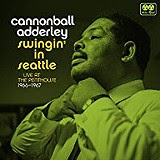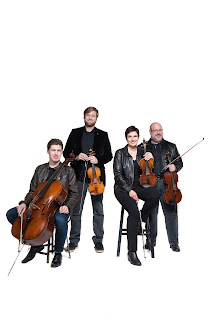'You're Invited!" is the ISO's shout of welcome to the 2019-2020 season

Beethoven's 250th birthday will be observed next year. The Indianapolis Symphony Orchestra will be explicit about embracing the role of host next season. It's developed the marketing slogan "You're invited!" for pops and classical concerts at Hilbert Circle Theater, its home on Monument Circle since 1984. At a reception for donors and other supporters this week, the orchestra unfolded its schedule for 2019-2020, with a number of novelties in addition to reliable repertoire for arousing the public interest. Long ago an ISO staff member told me, off the record, that the industry standard of attracting 2 percent of the public to any year's total of symphony orchestra offerings seemed a remote goal. "Around here," he lamented, "I wonder if 1 percent is more realistic." So there's an understandably constant battle to keep as much of the central Indiana populace interested as possible. Who knows what will work, especially in rapidly c










